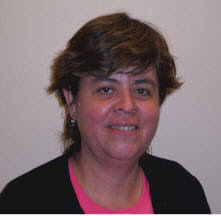
Hello Xalapa
De regreso en Xalapa pudimos ver a Nancy antes de que se fuera y salimos a algunos lugares cercanos a Xalapa, estoy segura que ambas tuvimos una experiencia muy enriquecedora en nuestras vidas y gracias al intercambio Fulbright ampliamos nuestra vision sobre la cultura en la que vivimos durante el periodo que este duro y reflexionamos sobre nuestra propia cultura....
Back in Xalapa we could see Nancy before she went back home and we went out to some places nearby Xalapa, I am sure that both of us have a very enriching experience in our lives and that thanks to the Fulbright exchange we widen our vision about yhe culture in which we lived during the period that this lasted and we also reflected about our own culture


















